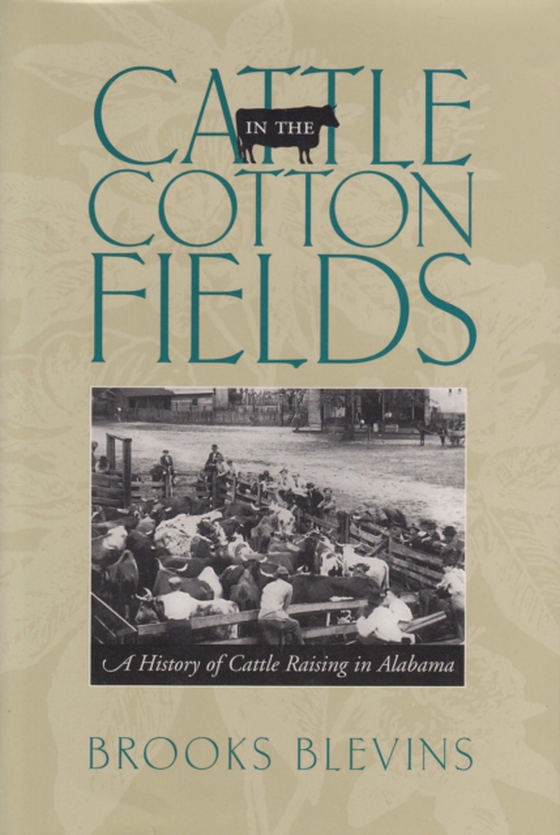
Cattle in the Cotton Fields e-bog
329,95 DKK
(inkl. moms 412,44 DKK)
This first history of cattle raising in a southern state documents the development of the industry within Alabama from colonial times to the present within the broader contexts of southern and American agricultural historyCattle raising today is the most widely practiced form of agriculture in Alabama and ranks second only to the poultry industry in terms of revenue. Brooks Blevins not only rel...
E-bog
329,95 DKK
Forlag
University Alabama Press
Udgivet
25 maj 2014
Længde
240 sider
Genrer
1KBBSB
Sprog
English
Format
epub
Beskyttelse
LCP
ISBN
9780817387549
This first history of cattle raising in a southern state documents the development of the industry within Alabama from colonial times to the present within the broader contexts of southern and American agricultural historyCattle raising today is the most widely practiced form of agriculture in Alabama and ranks second only to the poultry industry in terms of revenue. Brooks Blevins not only relates the development and importance of the industry to agricultural practices but also presents it as an integral component of southern history, inextricably linked to issues of sectional politics, progressivism, race and class struggles, and rural depopulation. Most historians believe cattle were first introduced by the Spanish explorers and missionaries during the early decades of the 16th century. Native Americans quickly took up cattle raising, and the practice was reinforced with the arrival of the French and the British. By 1819--after massive immigration of Anglo-American herders, farmers, and planters--cattle played an integral role in the territory's agriculture and economy. Despite the dominance of the cotton industry during the antebellum period, cattle herding continued to grow and to become identified as an important part of the region's agriculture.In the early decades of the 20th century, the boll weevil drove many planters out of the cotton business. These planters adopted a midwestern model of cattle raising consisting of purebred English breeds, enclosed pastures, scientific breeding and feeding practices, and intimate cooperation among cattlemen, government agents, and business interests. This model of farming gradually replaced the open range herding tradition.
 Dansk
Dansk

